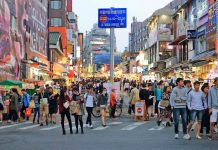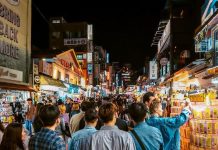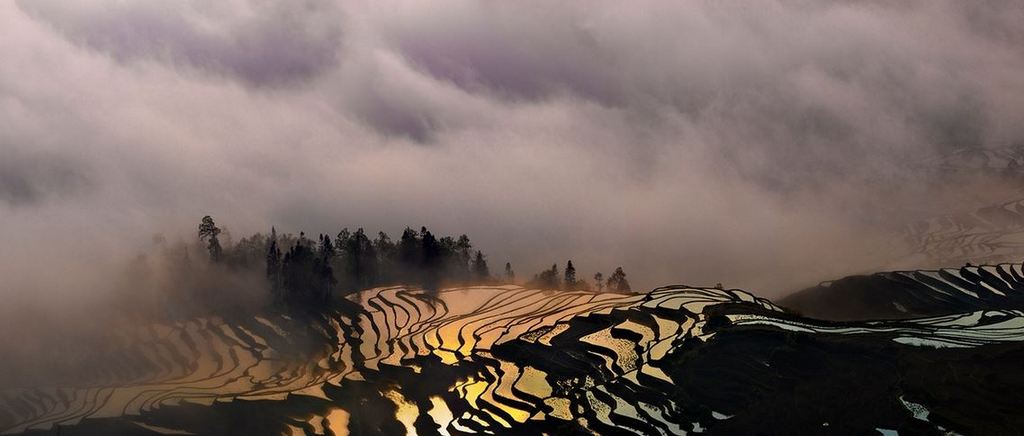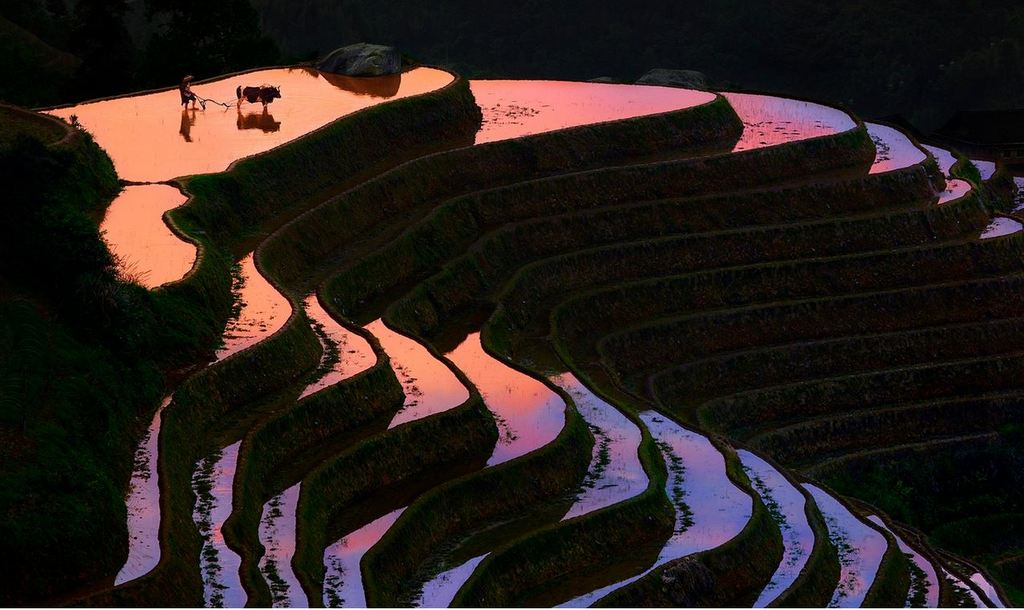From the towering Ailao Mountains, thousands of intricate rice terraces cascade into the valleys below. More than 1,300 years old, they stand as a testament to the technical ingenuity of the Hani people in cultivating a seemingly inhospitable land.
- Yunnan travel blog — The fullest Yunnan travel guide for first-timers
- Cormorant fishing Guilin — Meet the legendary fishermen of Li river
- What to eat in Xinjiang? Enjoy 9 best Xinjiang street food
- What to buy in Guangzhou? — 11+ best things to buy in Guangzhou & best shopping places in Guangzhou
- What to buy in Shanghai? — 15+ must-buy gifts, souvenirs & best things to buy in Shanghai
Having lived in Yunnan, China for the last six years, I have been fortunate enough to explore many rural Chinese provinces, photographing beautiful and unique landscapes, discovering the amazing traditional heritage of the ethnic minorities living in these areas, and visiting a vast array of cultural, historic, and awe-inspiring places.
The natural beauty and rustic charm of China has captured my soul.
Once, long ago, I began my working life as Chief Financial Officer for an international fashion company in New York. For the next seven years I worked in finance, but deep down I knew that number crunching could never satisfy my thirst for natural beauty and my love for photography.
And so, I gathered my courage and decided to see what my life would become if I did something I truly loved. I’ve never looked back.
When I first began travelling around China as a landscape photographer, I found a country of many amazing regions and breathtaking scenery, with an almost dream-like allure. I was so entranced by the landscapes of Yunnan in southern China that I soon decided to move there.
The Hani Rice Terraces, covering more than 16,000 hectares in southern Yunnan, are marked by spectacular terraced fields that cascade down the slopes of the towering Ailao Mountains to the banks of the Hong River.
For the past 1,300 years, the Hani have built a complex system of channels to bring water from the forested mountaintops to the terraces.
The winter temperatures here, although never freezing, are such that the terraces can only support one rice crop a year. After the harvest, from mid-September until mid-November depending on the elevation, the terraces are filled with water until April, when the planting begins.
During the many months spent photographing these landscapes I have developed not only a great understanding of the scenery and the climate, but also an intimate knowledge of the traditional culture of the Hani and Yi people. There are a total of 928 settlements in Yuanyang county, with a remarkable 826 of them only inhabited by one single ethnic group.
In some areas of the Yunnan region, the farmers have created as many as 3,000 adjacent terraces, using a complex series of ditches and canals to move rainfall and spring water from one place to another.
From elevations as high as 6,500 feet, the terraces undulate down into the valleys, forming intricate patterns that mirror the clouds and the sky. The fusion of man and nature creates awe-inspiring beauty, and I love the patterns and the diversity of colours that can be found at each site.
Today the Hani Rice Terraces of Yuanyang have been designated as an UNESCO World Culture and Natural Heritage site, and every year I return to visit this remarkable region and its welcoming people.
The thousands of terraces stand as a testament to the technical ingenuity of the Hani people in cultivating a seemingly inhospitable land.
I believe that as photographers we must not only use what we see, but that we should always use our hearts and spirits to create something different. I am always striving to learn how to better use my eyes to read the beauty in front of me, and then to use my heart to capture it.
A true image is made with your heart, not your camera.
China is a huge country and has many diverse landscapes. Still utterly captivated by the land and the culture after six years of living here, I find myself constantly amazed by this beautiful part of our Earth.

































































